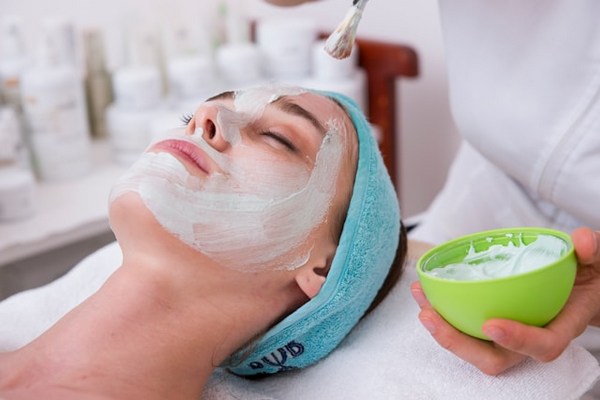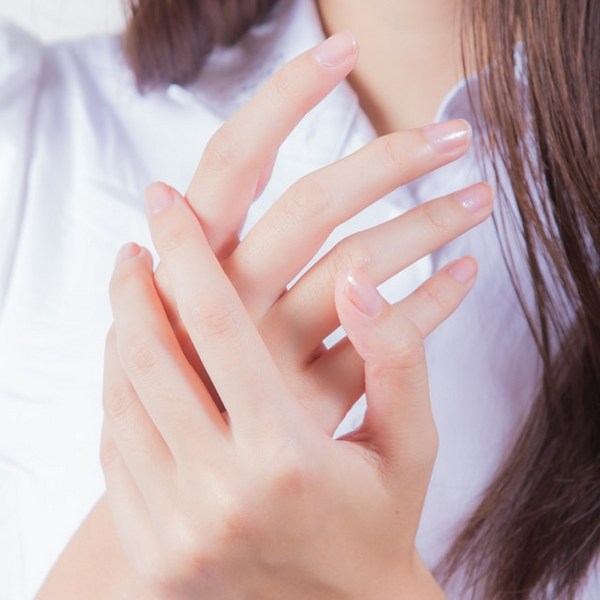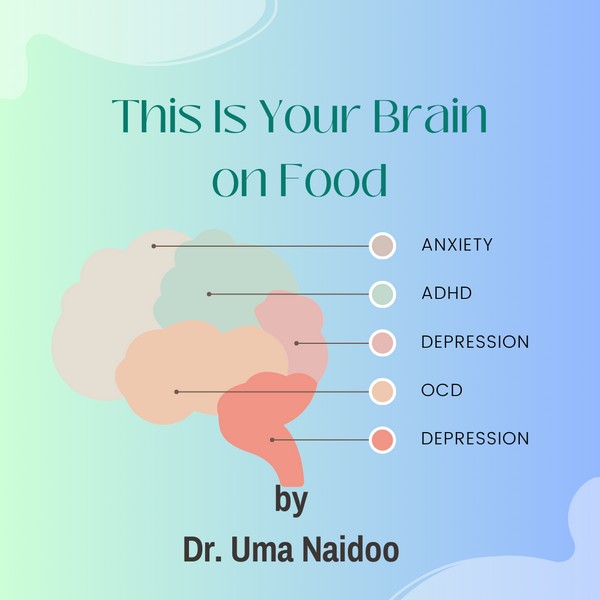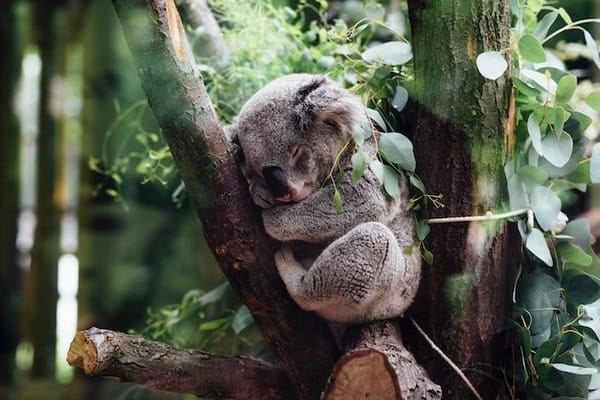Key Highlights
- Sustainable beauty focuses on products that are good for the planet and consumer health
- Ingredients, manufacturing practices, packaging, and cruelty-free practices all contribute to the sustainability of beauty products
- Sustainable beauty brands prioritize non-toxic ingredients, eco-friendly packaging, and ethical sourcing
- Consumers can identify sustainable beauty brands through certifications and by researching their values and practices
- Greenwashing is a concern in the beauty industry, and consumers should be cautious of vague or misleading claims
- While the beauty industry still has progress to make, the shift towards sustainability is gaining momentum
Understanding Sustainable Beauty
Environmental sustainability is now a priority in the beauty industry, with brands adopting greener practices due to demand. Sustainable beauty benefits both skin and planet, focusing on eco-conscious choices and ethics.
Sustainable Beauty Practices
Sustainable beauty goes beyond natural ingredients, involving sustainable sourcing, eco-friendly manufacturing, ethical packaging, and social responsibility.
Brands aim for a positive impact, ensuring fair wages, using eco-friendly packaging, and minimizing waste.
Importance of Sustainable Beauty
Conventional beauty products contribute to pollution and resource depletion. Sustainable beauty minimizes environmental harm and promotes ethical practices, addressing plastic waste and the negative impacts of ingredient extraction.
Conventional Products and the Environment
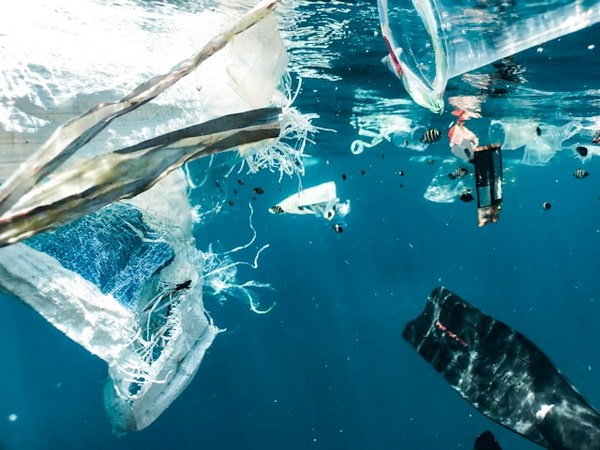
The beauty industry has a significant environmental impact, with conventional beauty products contributing to pollution and resource depletion.
- Plastic packaging: Most beauty products come packaged in plastic, which contributes to the global plastic waste problem. Plastic packaging often ends up in landfills or pollutes our oceans.
- Carbon footprint: The production and transportation of beauty products contribute to greenhouse gas emissions, contributing to climate change. The extraction and processing of raw materials, as well as the energy used in manufacturing and distribution, all contribute to the carbon footprint of conventional beauty products.
- Resource depletion: The beauty industry relies on the extraction of natural resources, including water, minerals, and plants. Unsustainable sourcing practices can lead to the depletion of these resources and harm ecosystems.
Identifying Sustainable Beauty Products
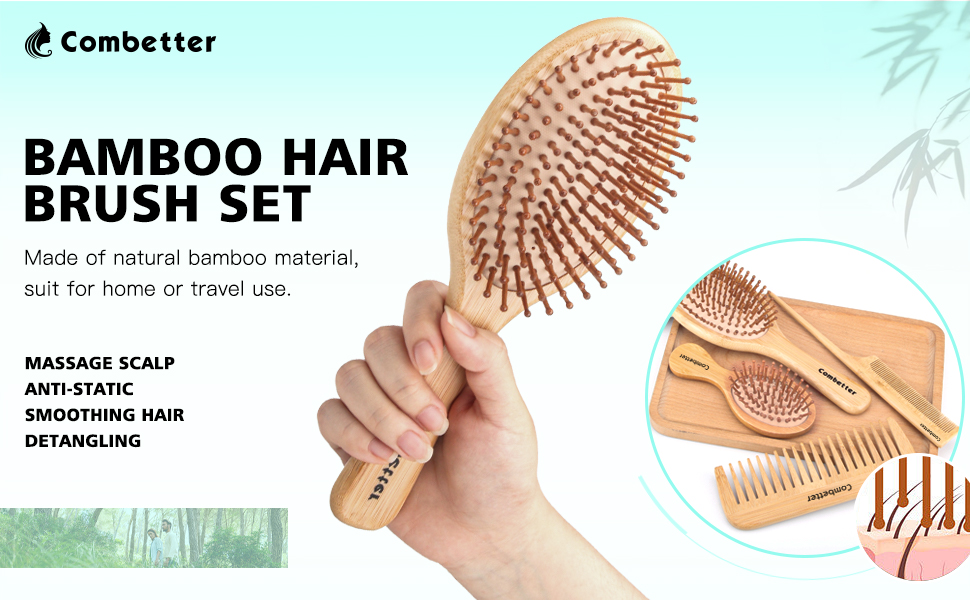
Consider the ingredients used, the brand’s commitment to sustainable practices, and the packaging materials, including refillable or reusable options.
Key Characteristics of Sustainable Beauty Products
- Natural ingredients: Sustainable beauty products prioritize natural and non-toxic ingredients. This means they are free from harmful chemicals like parabens, phthalates, and synthetic fragrances.
- Sustainable practices: Sustainable beauty brands adhere to ethical and sustainable practices throughout their supply chain. This includes fair trade sourcing, environmentally friendly manufacturing processes, and responsible waste management.
- Eco-friendly packaging: Sustainable beauty products often come in eco-friendly packaging materials. This can include recyclable, biodegradable, or reusable packaging options that minimize waste and reduce the environmental impact.
Labels and Certifications to Look For
| Label/Certification | Description |
| Fair Trade | Indicates that the brand supports fair wages and working conditions for ingredient suppliers |
| Organic cotton | Indicates that the brand uses organic cotton, which is grown without the use of synthetic pesticides or fertilizers |
| Soil Association | Indicates that the brand meets the organic standards set by the Soil Association |
These labels and certifications provide assurance that the brand is committed to sustainability and ethical practices. They can help you make informed choices and support brands that align with your values.
The Beginner’s Guide to Sustainable Beauty

What You Will Need to Get Started
To get started on your sustainable beauty journey, there are a few essentials you’ll need:
- Sustainable skincare: Look for skincare products that prioritize natural and non-toxic ingredients. Avoid products with harmful chemicals like parabens, phthalates, and synthetic fragrances.
- Beauty routine: Assess your current beauty routine and identify areas where you can make sustainable swaps. This may include replacing single-use products with reusable alternatives or opting for products with eco-friendly packaging.
- Reusable packaging: Consider investing in reusable containers for your beauty products. This can help reduce waste and limit your use of single-use plastic packaging.
Step-by-Step Guide to Transforming Your Beauty Routine
Transforming your beauty routine to be more sustainable doesn’t have to be overwhelming. Here is a step-by-step guide to help you get started:
- Assess your current beauty products: Take inventory of your current beauty products and identify which ones align with your sustainable values. Consider replacing products that contain harmful ingredients or excessive packaging.
- Prioritize products with minimal and eco-friendly packaging: Look for products with sustainable packaging options such as glass, metal, or biodegradable materials. Avoid products that come in single-use plastic packaging.
- Opt for multi-use and refillable beauty products: Choose products that serve multiple purposes, such as a lip and cheek tint or a moisturizer that can be used on both face and body. Look for brands that offer refillable options to minimize waste.
- Support ethical and cruelty-free brands: Choose brands that prioritize animal welfare and do not test on animals. Look for certifications such as Leaping Bunny or Choose Cruelty-Free to ensure the brand is cruelty-free.
- Incorporate DIY beauty solutions: Explore DIY beauty solutions using natural ingredients like essential oils and staples. This can help reduce your reliance on store-bought products and minimize waste.
Step 1: Assess Your Current Beauty Products

The first step in transitioning to a sustainable beauty routine is to assess your current beauty products. Take inventory of the products you use regularly and consider the following:
- Ingredients: Look at the ingredient lists and identify any harmful chemicals or synthetic additives. Consider replacing products that contain these ingredients with natural and non-toxic alternatives.
- Packaging: Evaluate the packaging of your beauty products. Look for excessive plastic packaging or single-use containers. Consider replacing products with eco-friendly packaging options or brands that offer refillable options.
- Environmental impact: Research the environmental impact of the beauty industry and how certain products contribute to pollution and resource depletion. This knowledge can help you make more informed choices and seek out sustainable alternatives.
Step 2: Prioritize Products with Minimal and Eco-friendly Packaging

- Look for brands that use sustainable packaging materials such as glass, metal, or biodegradable materials.
- Avoid products that come in excessive plastic packaging or single-use containers.
- Consider purchasing products in bulk or larger sizes to reduce packaging waste.
- Choose products with refillable options to minimize waste and encourage reuse.
Step 3: Choose Multi-use and Refillable Beauty Products
Incorporating multi-use and refillable beauty products into your routine is another way to make your beauty routine more sustainable. Here’s how you can do it:
- Look for products that serve multiple purposes, such as a lip and cheek tint or a moisturizer that can be used on both face and body.
- Choose brands that offer refillable options for their products. This allows you to reuse the packaging and minimize waste.
- Consider investing in reusable containers for your beauty products, such as refillable compacts or magnetic palettes.
Step 4: Support Ethical and Cruelty-Free Brands

- Look for certifications such as Leaping Bunny or Choose Cruelty-Free to ensure the brand is cruelty-free and does not test on animals.
- Research the brand’s sourcing practices to ensure they prioritize ethical sourcing and do not contribute to environmental or social harm.
- Consider brands that give back to causes or organizations that align with your values, such as those that support environmental conservation or community development.
Step 5: Use DIY Beauty Solutions
- Explore recipes for homemade beauty products using natural ingredients like essential oils, coconut oil, and baking soda.
- Consider making your own face masks, hair treatments, or body scrubs using pantry staples.
- Experiment with DIY beauty recipes to find what works best for your skin and hair.
Implementing Sustainable Beauty Practices
Reducing Waste in Your Beauty Routine
- Choose products with minimal packaging or packaging that can be recycled or composted.
- Opt for reusable alternatives to single-use items, such as makeup remover pads or cotton rounds.
- Use products sparingly and only purchase what you need to avoid excess waste.
- Consider DIY options for beauty products to reduce packaging waste.
The Role of Upcycling and Recycling in Sustainable Beauty
- Upcycling: Upcycling involves repurposing beauty product packaging or containers for new uses. This can include using empty jars as storage containers or turning old lipstick packaging into a DIY lip balm container. By upcycling, you can extend the life of beauty product packaging and reduce waste.
- Recycling: Recycling helps divert beauty product packaging from landfills and reduces the need for raw materials. Look for recycling programs or facilities that accept beauty product packaging, such as TerraCycle. By recycling, you can contribute to a circular economy and minimize the environmental impact of your beauty routine.
Overcoming Challenges on Your Sustainable Beauty Journey
Finding Affordable Sustainable Beauty Options
One challenge many people face when transitioning to a sustainable beauty routine is the perception that sustainable options are expensive.
However, there are affordable sustainable beauty options available.
- Look for budget-friendly sustainable brands that prioritize affordability without compromising on quality or sustainability.
- Consider DIY options for beauty products using natural ingredients that are cost-effective and accessible.
- Choose multi-use products that serve multiple purposes, reducing the need to purchase multiple products.
- Shop for sustainable beauty products during sales or special promotions to take advantage of discounted prices.
Staying Informed About Greenwashing
Greenwashing is a common challenge in the beauty industry, where brands make false or misleading claims about their sustainability practices.
Staying informed about greenwashing can help you make more informed choices and support brands that are truly sustainable.
- Research brands and look for certifications or third-party verifications that validate their sustainability claims.
- Read reviews and testimonials from other consumers to gauge the authenticity of a brand’s sustainability practices.
- Follow reliable sources of information and stay up to date with the latest news and developments in the sustainable beauty industry.
The Future of Sustainable Beauty

The future of sustainable beauty looks promising as more brands and consumers embrace eco-friendly practices.
Innovations Shaping the Future of Sustainable Beauty
- Biodegradable and compostable packaging materials: Brands are exploring alternatives to traditional plastic packaging, such as biodegradable and compostable materials.
- Sustainable sourcing and manufacturing practices: Brands are increasingly prioritizing sustainable sourcing and manufacturing practices to reduce their environmental impact.
- Refillable and reusable packaging: Refillable and reusable packaging options are becoming more popular, helping to reduce packaging waste.
How Consumer Demand Influences the Beauty Industry
- Increased availability of sustainable beauty products: As more consumers seek out sustainable beauty options, brands are expanding their product offerings to meet this demand.
- Transparency and accountability: Consumers are demanding transparency from brands, encouraging them to be more accountable for their environmental and social impact.
- Shift towards clean beauty: Clean beauty, which focuses on non-toxic and natural ingredients, has gained popularity as consumers become more conscious of the products they use and their potential health effects.
Conclusion
Small changes in your beauty routine can have a significant impact. Start by assessing your current products, opting for refillable items, and staying informed about greenwashing. The future of sustainable beauty lies in innovation and consumer demand, shaping an industry that prioritizes both beauty and responsibility. Let’s nurture beauty that goes beyond skin deep, for a healthier planet and a brighter tomorrow.
Frequently Asked Questions
What Makes a Beauty Product Sustainable?
A truly sustainable beauty product considers all aspects of its production and lifecycle. This includes using sustainable ingredients, eco-friendly packaging, ethical supply chains, and demonstrating social responsibility.
Can Switching to Sustainable Beauty Products Make a Difference?
Switching to sustainable beauty products can make a significant difference in reducing your environmental impact. By choosing products with sustainable ingredients, packaging, and manufacturing practices, you can contribute to a more sustainable future.
How Can I Identify Greenwashing in Beauty Products?
Identifying greenwashing in beauty products can be challenging. Look for certifications, research brands’ sustainability claims, and be cautious of vague or misleading information. Responsible sourcing and transparent practices are also indicators of genuine sustainability.
10 Must-Try Dry Skin Remedies
Key Highlights Aloe vera gel, coconut oil, oatmeal baths can moisturize and nourish dry skin. Olive oil, almond oil, and shea butter are excellent options…
Hydration to Hyaluronic Acid: Journey to Dewy Skin
Key Highlights Proper hydration is essential for achieving radiant and healthy skin. Hyaluronic acid is a powerful humectant that helps retain moisture in the skin….
Essential Foods for Skin Health
Key Highlights Tips for adding healthy fats into your diet and simple meal planning for skin health. Address common concerns about dairy and acne, and…
Natural Skin Care Routine: Quick Start Guide
Key Takeaways A natural skin care routine uses ingredients without harmful chemicals. Cleansing, exfoliating, and moisturizing are the core steps. Natural oils and plant-based products…
